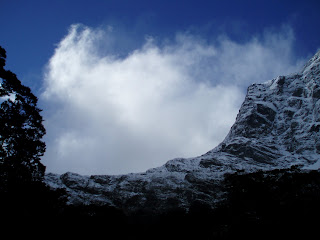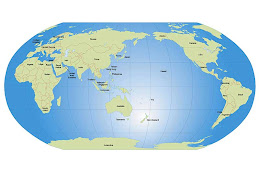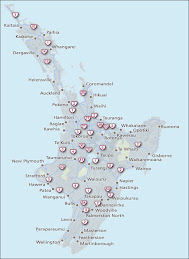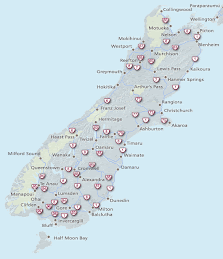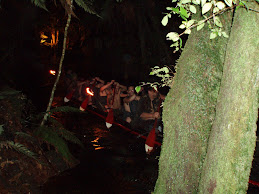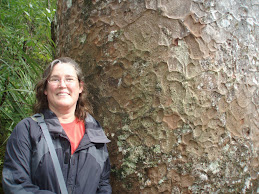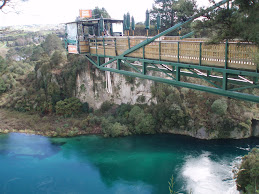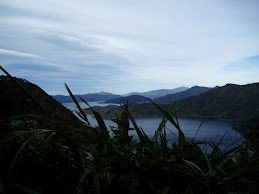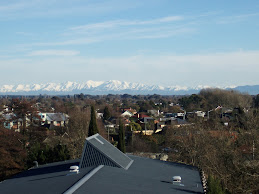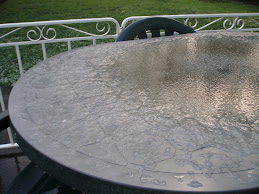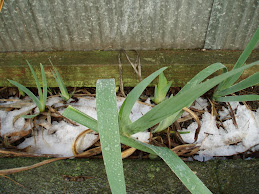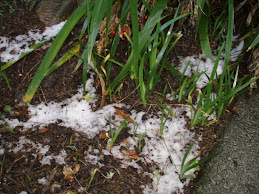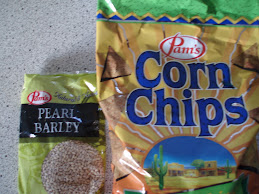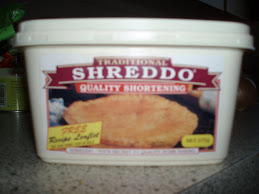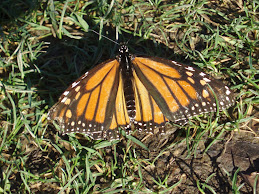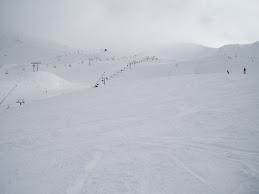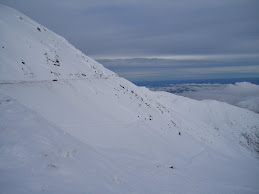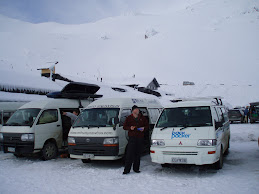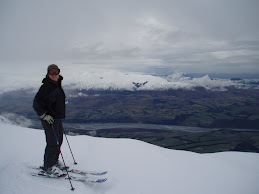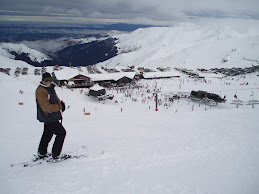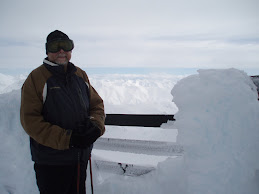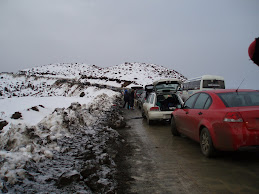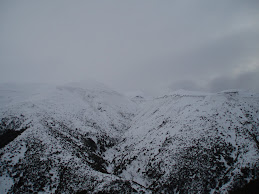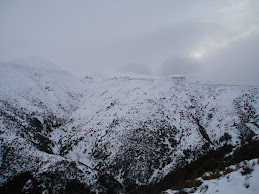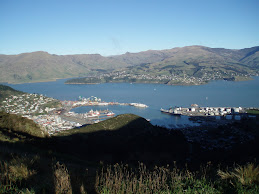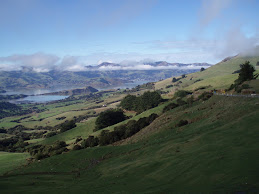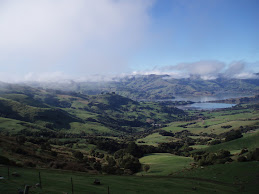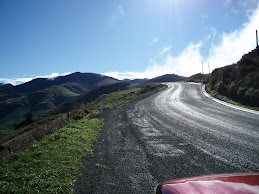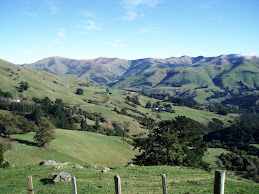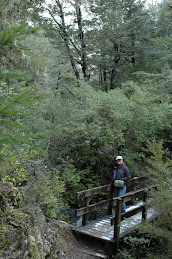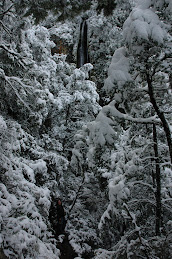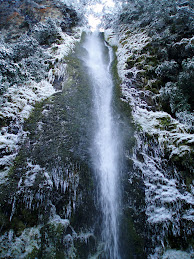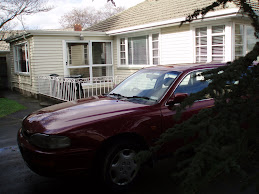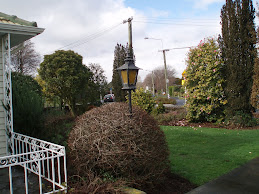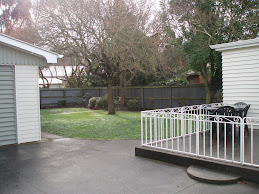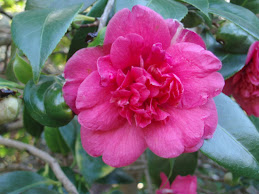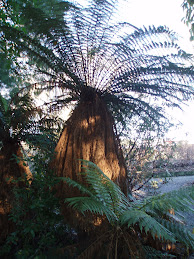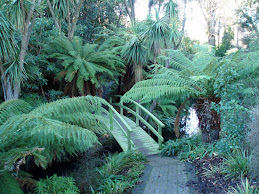 We will revisit the adventure capital of Queenstown when we head back to NZ in Jan.
We will revisit the adventure capital of Queenstown when we head back to NZ in Jan.Of course the weather cleared up once we left fiordland. The views of the mountain around Lake Wanaka were gorgeous.

 The relentless ocean breeze along the west coast was quite evident in the wind blown trees along the coastline. We moved rapidly up the west coast and camped again in Okarito so we could check in with our resident kiwi bird expert, Ian, of OkaritoKiwi Tours. He was thrilled for us that we had seen the brown kiwi on the Milford Track. He tantalized us with stories of how to view great spotted kiwi birds further north along the west coast and in the mountains. With no better plan in place, we took his advice and camped just north of Punakaiki at Bullocks Creek.
The relentless ocean breeze along the west coast was quite evident in the wind blown trees along the coastline. We moved rapidly up the west coast and camped again in Okarito so we could check in with our resident kiwi bird expert, Ian, of OkaritoKiwi Tours. He was thrilled for us that we had seen the brown kiwi on the Milford Track. He tantalized us with stories of how to view great spotted kiwi birds further north along the west coast and in the mountains. With no better plan in place, we took his advice and camped just north of Punakaiki at Bullocks Creek. Punakaiki, also known as Pancake Rocks for obvious reasons, is an area of fantastic layered rock formations right on the ocean edge.
Punakaiki, also known as Pancake Rocks for obvious reasons, is an area of fantastic layered rock formations right on the ocean edge.

Bullocks Creek was 6 km up a secluded valley via gravel road and we were the only people camped there. The water across the road and the warnings that the road really floods when it rains may have scared off others but not us. The deer hunter left at dark.

We did the old stand in the dark and crane your eyes and ears for kiwi birds. We did hear them in the distance but all we saw was a possum walking up the trail toward us. Once it noticed us, it scurried off into the brush.
 Next morning we hiked in to nearby Cave Creek. Doug knew of the location because one of his student groups in ChCh had done their materials project on the Cave Creek Disaster.
Next morning we hiked in to nearby Cave Creek. Doug knew of the location because one of his student groups in ChCh had done their materials project on the Cave Creek Disaster. On April 28, 1995, 18 people (17 high school students and a DOC ranger) were standing on a viewing platform catilievered 30 meteres above the chasm where Cave Creek emerges from the cave. The platform collapsed, killing 14. The platform has not been replaced but you can still hike down to the creek at the location.
On April 28, 1995, 18 people (17 high school students and a DOC ranger) were standing on a viewing platform catilievered 30 meteres above the chasm where Cave Creek emerges from the cave. The platform collapsed, killing 14. The platform has not been replaced but you can still hike down to the creek at the location. The second location for kiwi spotting Ian had told us about was at Howden Hut near Arthur's Pass. We stopped at the ranger station in Arthur's Pass and they told us that bad weather (rain and snow) were moving in and that Howden Hut was easily cut off by flooding so we enjoyed the rest of the still gorgeous afternoon exploring the rocks at Castle Hill. By this point we were within a few hours of ChCh so we just headed back there. We used the extra day there at Susan's house and the office to catchup on email and to repack for OZ, the next chapter in our great adventure.
The second location for kiwi spotting Ian had told us about was at Howden Hut near Arthur's Pass. We stopped at the ranger station in Arthur's Pass and they told us that bad weather (rain and snow) were moving in and that Howden Hut was easily cut off by flooding so we enjoyed the rest of the still gorgeous afternoon exploring the rocks at Castle Hill. By this point we were within a few hours of ChCh so we just headed back there. We used the extra day there at Susan's house and the office to catchup on email and to repack for OZ, the next chapter in our great adventure.









